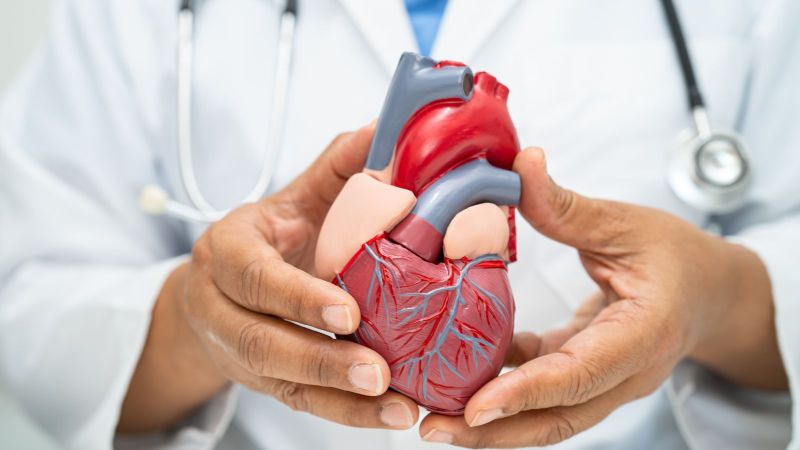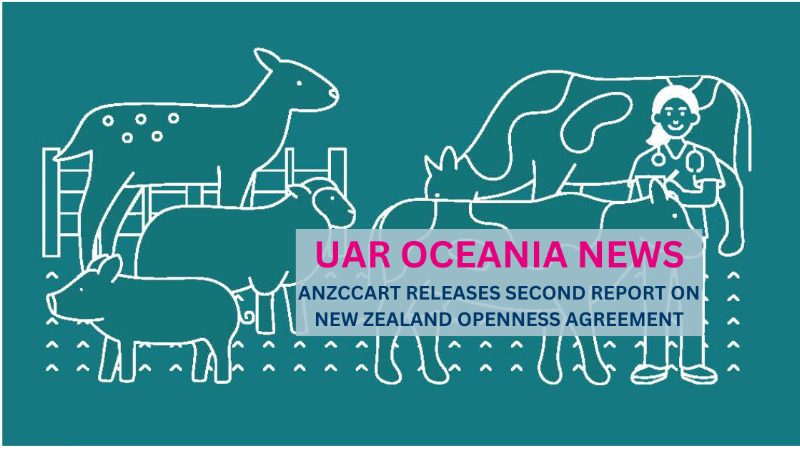Pompe disease (glycogen storage disease type 2, acid maltase deficiency) is a rare genetic disorder which causes progressive muscle weakness. It affects around 1 in 40,000 births and is a recessive genetic disease, meaning both parents must carry the faulty gene.
The underlying cause of Pompe disease is the same in all patients: a genetic defect causing deficiency of an important enzyme (acid alpha-glucosidase, GAA). The disease takes several forms and varies in severity but there are two main types.
Before treatment became available recently, the infantile form of the disease usually progressed quickly and the baby almost always died before his/her first birthday from heart or lung failure. In older children and adults, the disease often progressed more slowly, causing great difficulties as muscles weakened, especially those used for breathing, walking, and other movements, but not usually the heart. Many patients are still reliant on ventilators to breathe and wheelchairs to get around.
First described by Dutch pathologist Dr Johannes Pompe in 1932, Pompe disease causes the accumulation of glycogen in muscle tissue. The build-up of glycogen causes progressive muscle weakness throughout the body. However, Pompe made the puzzling discovery that the enzymes involved in removing excess glycogen were still present in muscle cells.
While researching insulin, Belgian scientist Christian de Duve discovered cell structures called lysosomes in 1955, shedding further light on the cause of Pompe disease. He discovered that lysosomes had their own specific set of enzymes for breaking down and recycling cellular components. He won a Nobel prize for his work in 1974.
During extensive work using laboratory animals, Duve's colleague Henri Hers realised that a deficiency inside lysosomes of GAA, the enzyme that breaks down glycogen, would explain the symptoms of Pompe disease. He established that Pompe's disease is a lysosomal storage disorder (LSD).
All 40 rare genetic LSDs share a similar underlying cause: a missing or malfunctioning enzyme in cell lysosomes. Researchers wanted to find a way to replace the enzyme, to break up and remove the excess glycogen from cells. But they were hampered by the lack of good animal models, and attempts to treat terminally ill children were unsuccessful. The biggest problem was that the enzyme needed to reach the muscle tissue itself, but was being soaked up by the liver.
A team in the Netherlands finally discovered a solution to this problem in 1990. Two Dutch scientists Arnold Reuser and Ans van der Ploeg found that by adding a specific chemical group to the enzyme they could achieve targeted delivery. Lysosomes contain a receptor for mannose-6-phosphate, so attaching this sugar was the key to their success. They then tested the phosphorylated enzyme (the modified enzyme with the extra chemical attached) on cells taken from Pompe patients in the laboratory. Tests showed that the enzyme was able to degrade the accumulated glycogen, but they needed to prove that the modifications made targeted delivery possible.
The problem with testing delivery was that the supply of the phosphorylated enzyme was only enough for a small animal, ie a mouse, and there was no mouse model of Pompe disease at the time. But, using a test system that involved antibodies and normal mice, they could see uptake of the modified enzyme into the heart and skeletal muscle lysosomes and a significant increase in enzyme activity.
Arnold Rueser's laboratory then cloned the gene for the GAA enzyme, which led to the development of a transgenic mouse model of Pompe disease in 1998. At the same time a study at Duke University in the USA (led by Dr Yuan-Tsong Chen) was demonstrating the effectiveness of the modified enzyme in quails (quails were good models for Pompe as they can suffer from the same deficiency found in humans, leading to muscle weakness).
The next stage was to figure out a way to produce enough of the modified enzyme to begin larger scale tests. Researchers speculated that it may be possible to produce it using the cloned human gene. Two rival approaches were tried involving the gene discovered by Reuser.
Pharming, a Dutch company, produced the enzyme in the milk of transgenic rabbits. At the same time Synpac, a Taiwan-based company, used chinese hamster ovary (CHO) cell culture. Human trials of both approaches, led by Ans van der Ploeg and Dr Yuan-Tsong Chen, were successful.
The interests of these companies in the Pompe therapy were then bought out by Genzyme, which continued the research into Pompe disease and went on to produce its own CHO product. After comparative studies in GM mice, it soon became clear that the Genzyme CHO product was the most promising candidate.
The Genzyme therapy eventually went into human trials, and in April 2006 it was approved for use in the EU and US under the nameMyozyme. It remains the only approved therapy to date for the treatment of Pompe disease, although a gene therapy, developed in the mouse model to address lung muscle weakness, is expected to start human trials in summer 2010.
Pompe disease




